The Secret Lives of Marsh Birds
Thursday, November 21st, 2019This is Passport to Texas
Did you know there’s a secret gang of aviators hiding out on the Texas Coast?
They’re not often seen. They’re more often heard.
Trey Barron is a Wildlife Diversity Biologist with Texas Parks and Wildlife. He’s talking about the secret life of Marsh Birds.
Marsh birds are typically thought of as species like Rails. A lot of other species that inhabit the marsh that are secretive as well, like some of the Bitterns, and they’re one that are very hard to monitor for because they spend time in habitats that you just can’t walk to or drive to. You have to be in a boat or trompin’ through the marsh.
The Marsh Bird population has steadily declined over the years primarily due to habitat loss. And while some species are doing good in Texas, their decreased population along other coastal regions may cause them to be federally protected.
There’s some species that have been proposed at the federal level, the Black Rail, as threatened. It seems to be doing quite well in Texas, but the population has declined significantly on the Eastern coast and so the more we can find out about that species the better we can provide better habitat for the rail.
Continuing to protect marsh habitats will be key to sustaining Marsh Bird populations in Texas.
The Wildlife Restoration Program supports our series and funds Marsh Bird research in Texas.
For Texas Parks and Wildlife…I’m Cecilia Nasti.
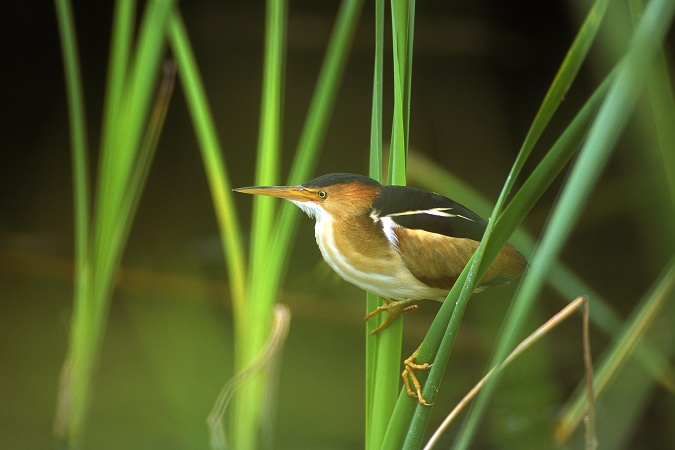

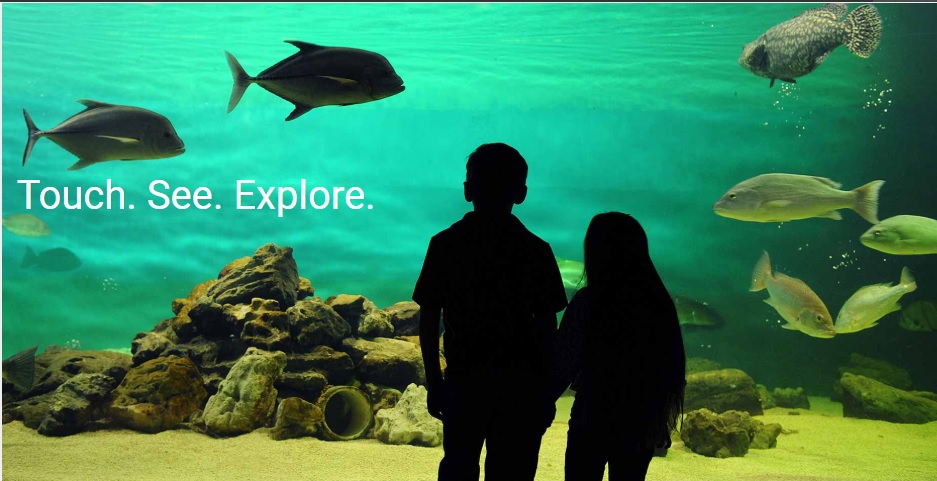
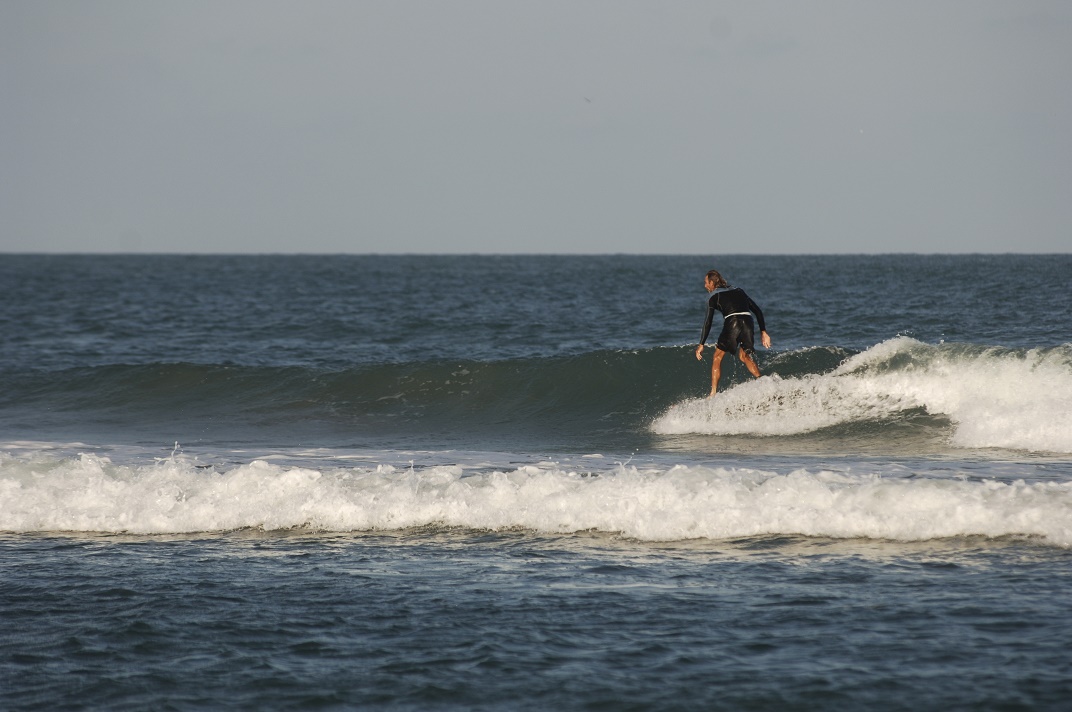
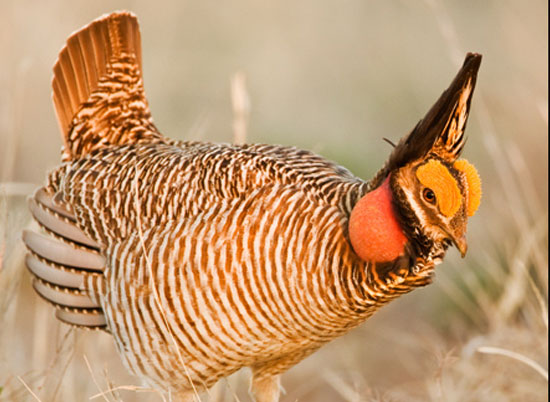
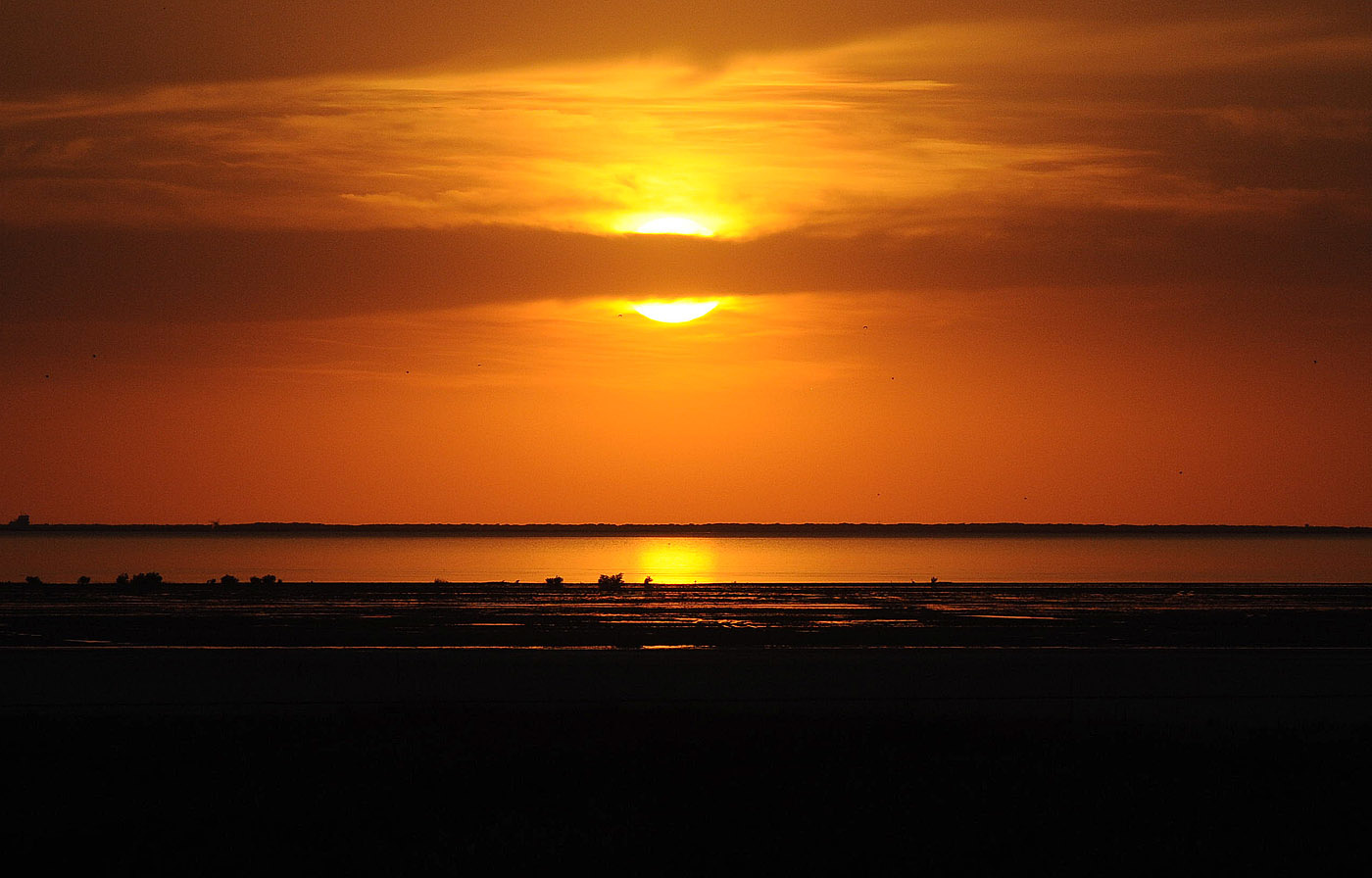

 Passport to Texas is a
Passport to Texas is a  Passport to Texas is made available by:
Passport to Texas is made available by: